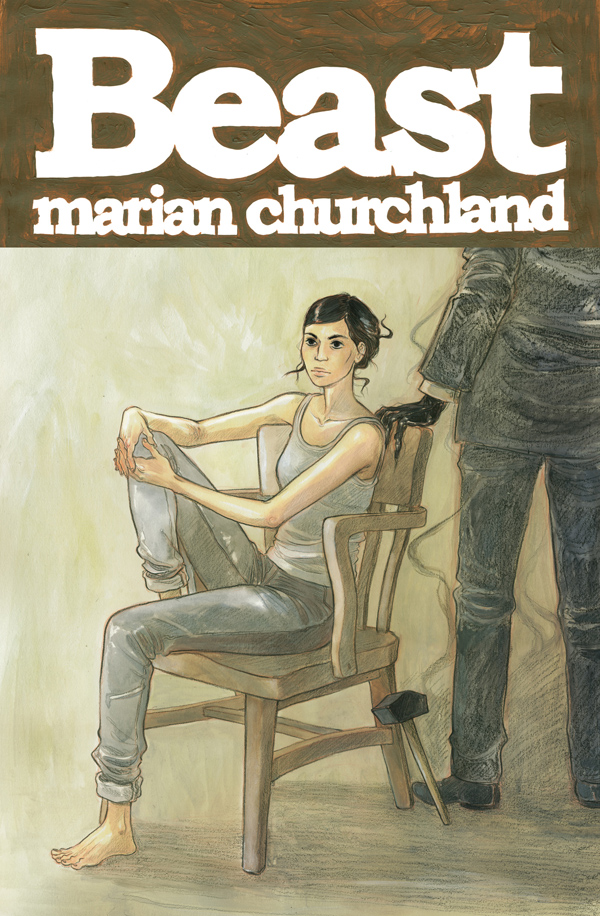 Written by Kelley Puckett
Written by Kelley PuckettArt by Warren Pleece with Garry Leach
Lately I've been working my way through the short-lived DC Focus line, and I must say that I really missed out by not picking these comics up when they were first published. These were some very nicely designed, nicely written comics.
Kinetic is about Tom, a seventeen year old high school student with a number of dangerous medical conditions. He's a hemophiliac, diabetic, and due to his monomyelic amyotrophy, he can not move his right arm. He has been raised in an environment of fear and isolation, looked after by his well-meaning but over-protective mother. High school, obviously, has been hell for him.
Somehow, early into the book, Tom suddenly develops super strength and invulnerability. There is no explanation as to how this happens; he gets hit by a truck, and the truck wraps itself around him. From that point, everything is different for Tom, although he has no idea how to live in a world that now can't hurt him.
Puckett keeps the story grounded in the real world. Tom still goes to school, and still fantasizes about beating up bullies and sweeping the perfect girl off her feet. He has a hard time adjusting to things, and it becomes clear that he has never learned how to interact with his world. Also fascinating is the way his mother reacts to things; she has spent 17 years worrying about her kid, and finds his new abilities as liberating as he does.
The book is coloured with just reds and blues (and in one scene, some green), an odd but effective choice. The covers for the first five or six issues were by Tomer Hanuka, which is always a nice treat.
The true strength of this book lies in Warren Pleece's drawings. His teenagers look like real teenagers, and he has an eye for the way people actually wear clothes (quite rare in comics really). He excels at showing the subtle shifts in Tom's moods through his facial expressions, and is able to convey his mother's perpetual state of worry easily.







































